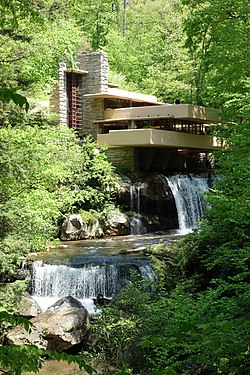Peter Eisenman born in 1932 and still alive and well, studied at the University of Cambridge. He was heavily involved in deconstructionism. Eisenman had a different mindset then most, being uninterested with green design and believing that “Architecture does not solve human problems". One would think that that being his profession he would have confidence in it but I see where he comes from when he expresses the idea that sometimes what you do in school is not what you do in the real world.
Michael Graves, born in 1934 and his recent passing in 2015, studied at Harvard University for Architecture. He embraced decorative detail as well as strong color, forms and had eccentric tastes. Ornamentation was a big thing for him believing it gave meaning to a space, which I also feel is a true statement.
Charles Gwathmey born 1938 and passed in 2009, studied at Yale University for Architecture. The important factors for Charles were geometrical complexity as well as realistic materials and mixing art with his architecture. I once again feel I can relate with that mindset and idea because I really feel art should be portrayed in the architecture and design of buildings and spaces.
John Hejduk born in 1929 and making it to the new century in 2000, studied at Harvard Graduate School of Design. Important parts of his style were the geometric and cubist syle as well as using grids and thinking about the psychological elements of design, which I think is one of the most important aspects of design. When you think about it everyone in a space will be effected by it in some way or another and the designer holds the power.
Richard Meier born in 1932 and still with us today, studied at Cornell University, nicely spreading the education of the five out. Meier found his inspiration through Le Corbusier and Mies Vander Rohe and focused on the site as well as meshing the interior and exterior of spaces. Another important and different factor for him was his use of white and his quote of "Whiteness allows the architectural ideas to be understood most clearly—the difference between opacity and transparency, solid and void, structure and surface," he explains. "They have a greater clarity.”
Current Applications:


Extra Credit Video:
https://www.youtube.com/watch?v=aU8B8E2r-sM
Responses:
Courtney: I enjoy Courtney's focus on one designer and the amount of images used.
Kate: I really like the buildings that Kate chose to put images of.







